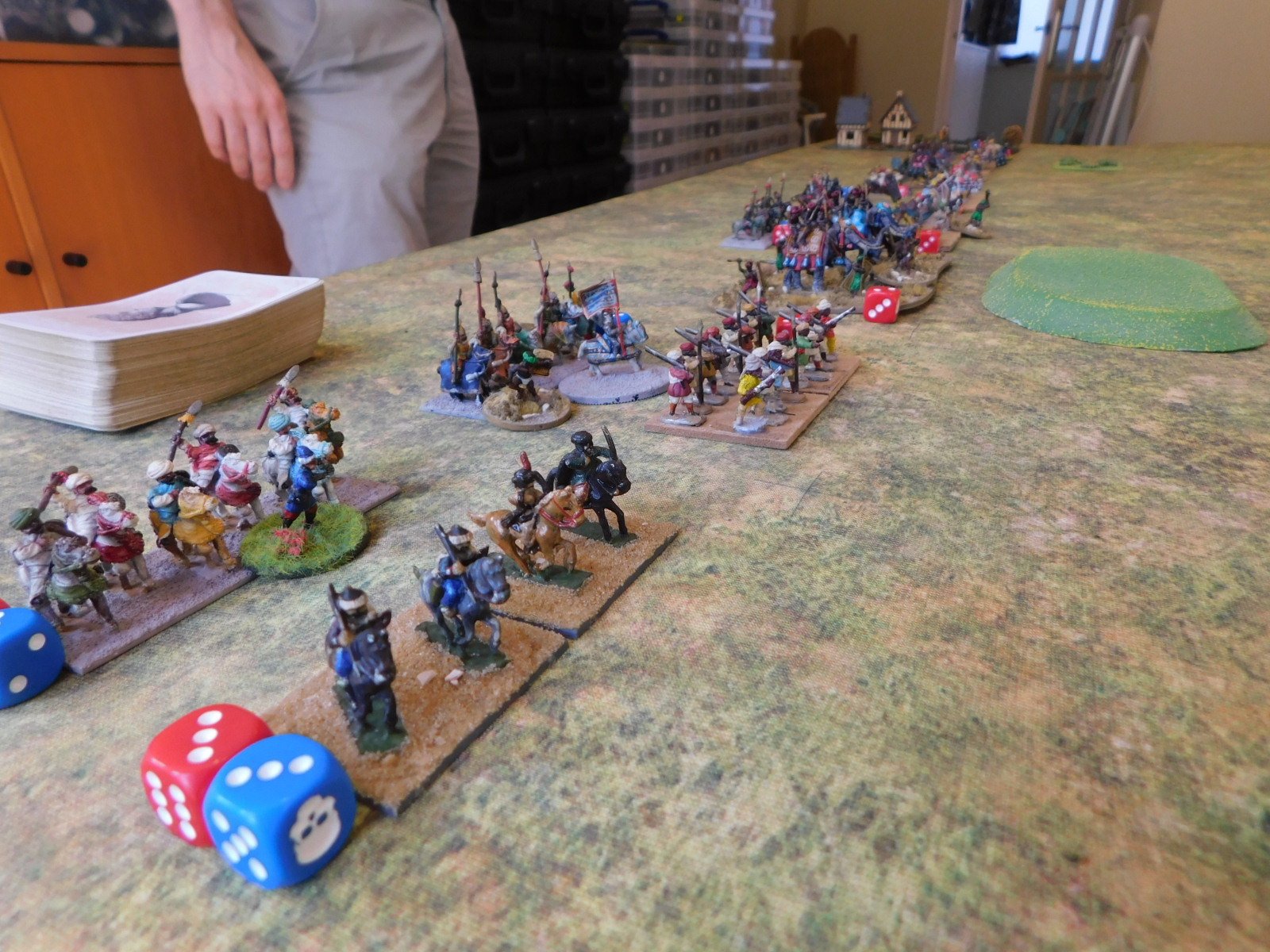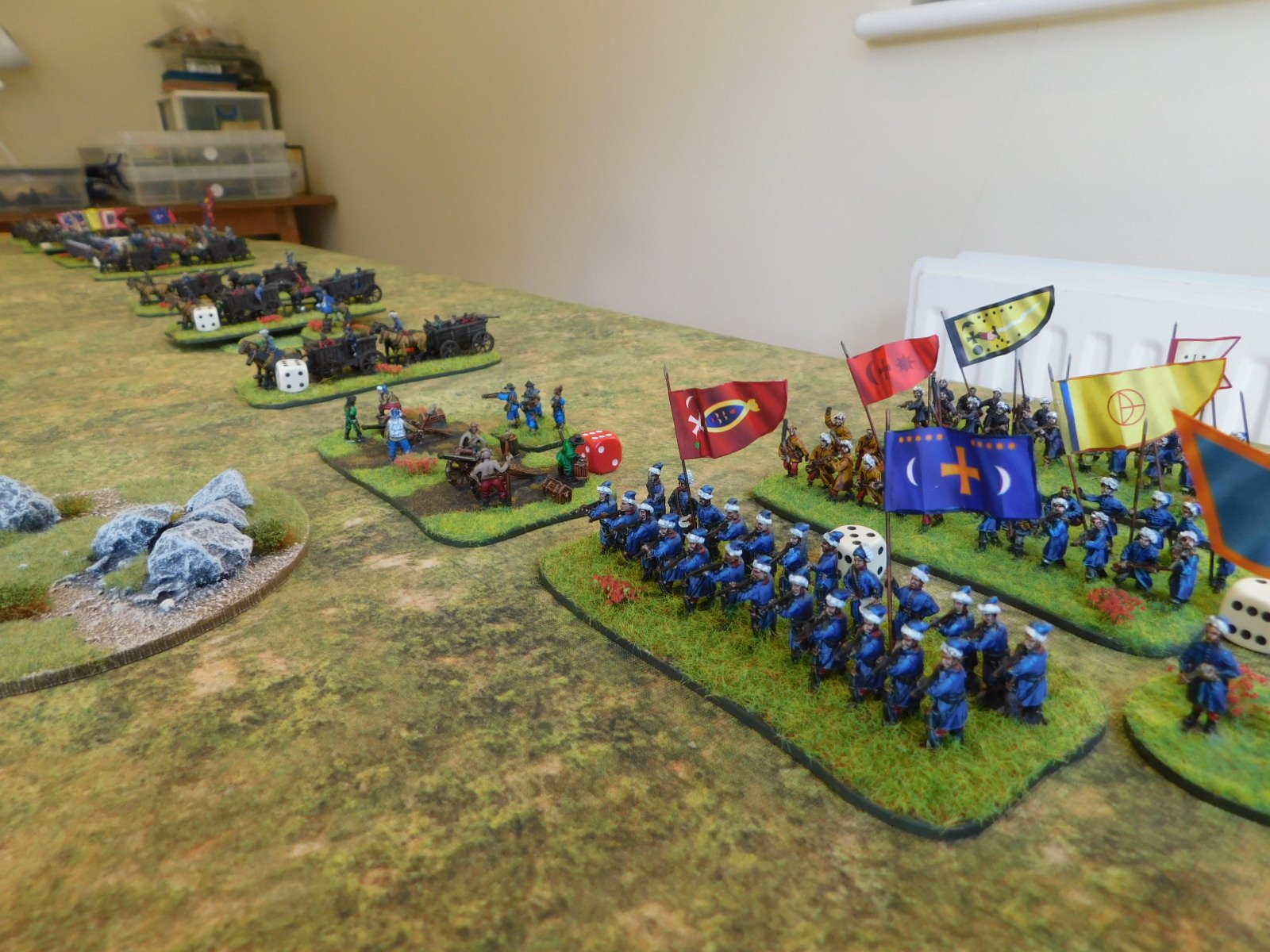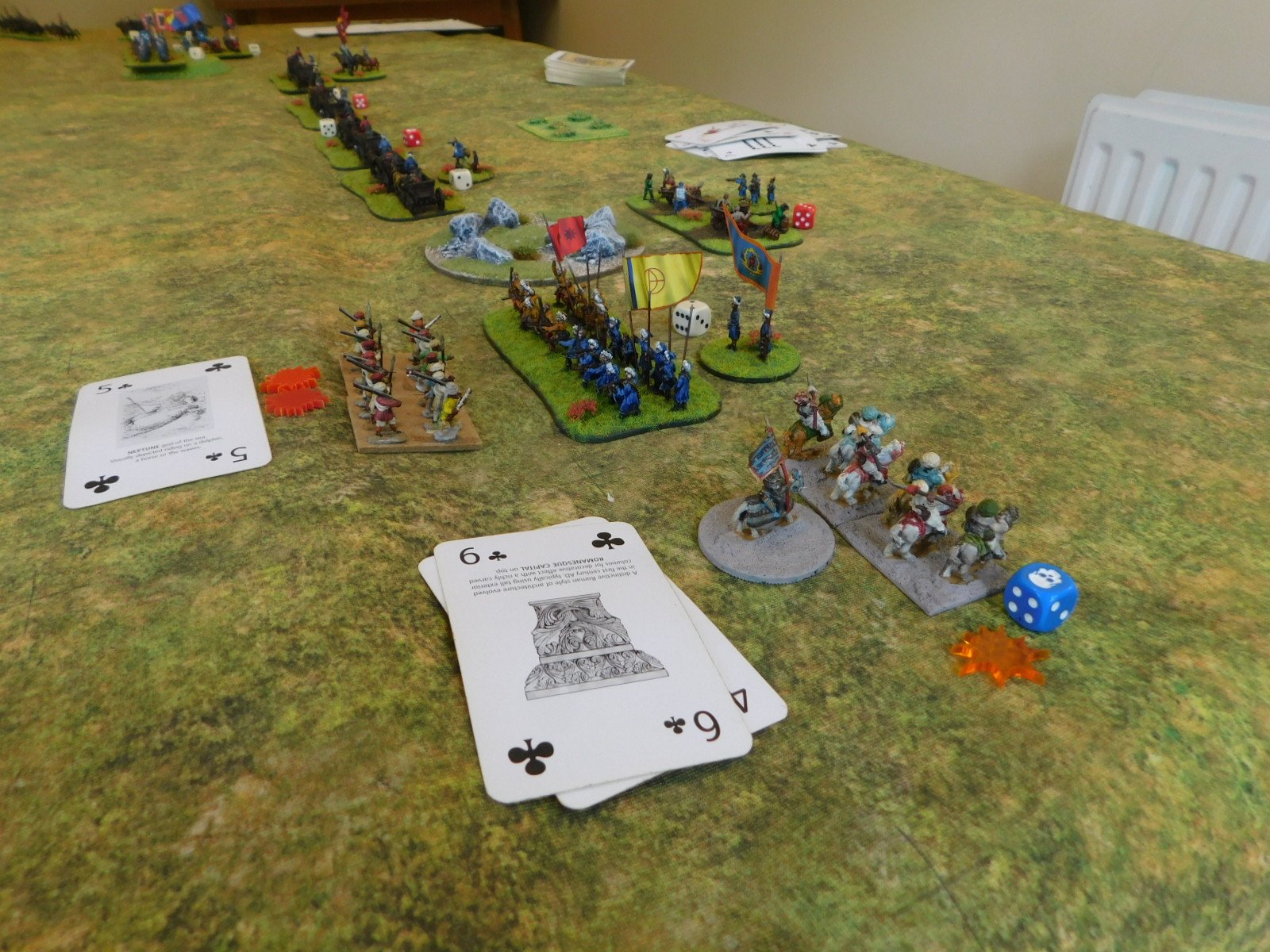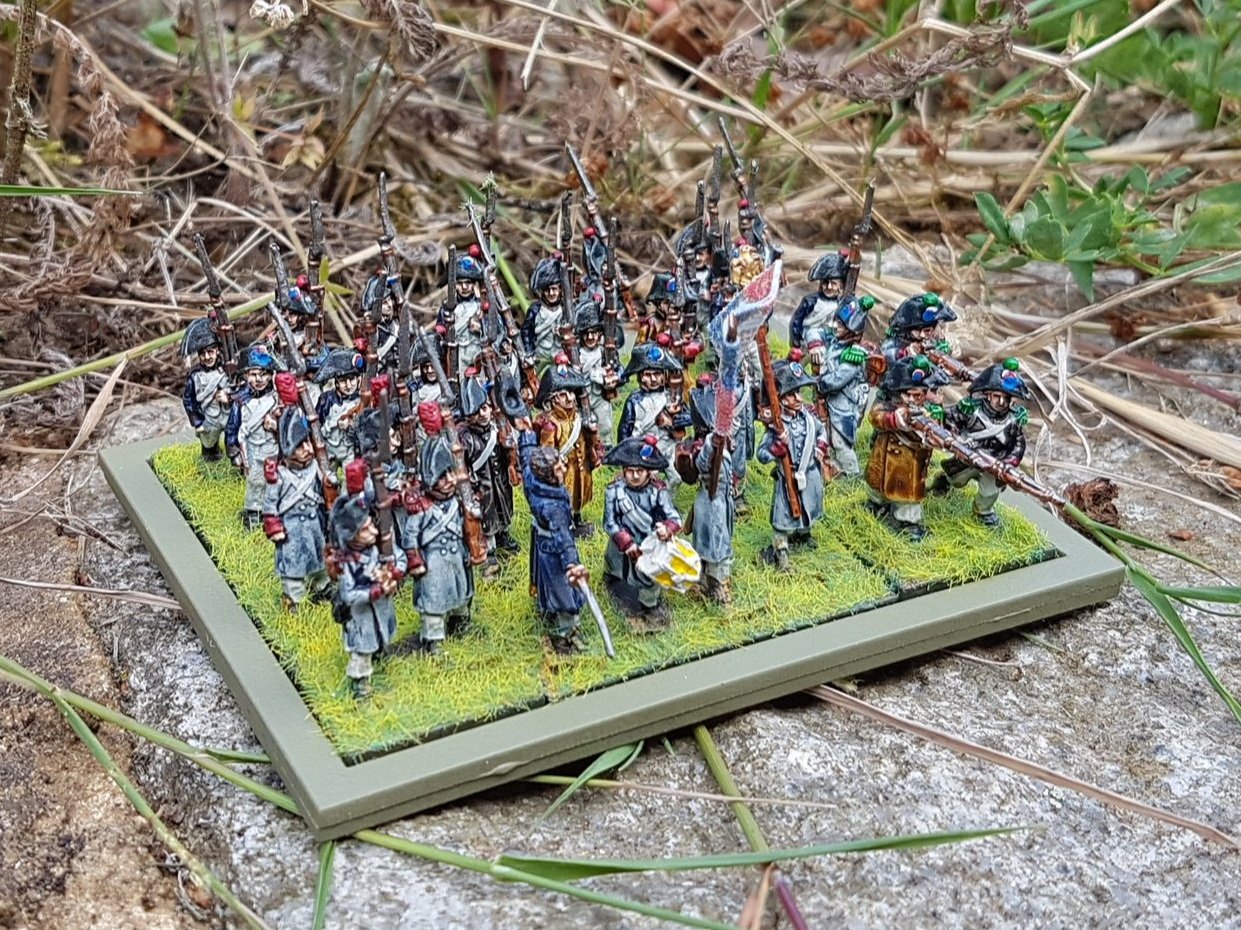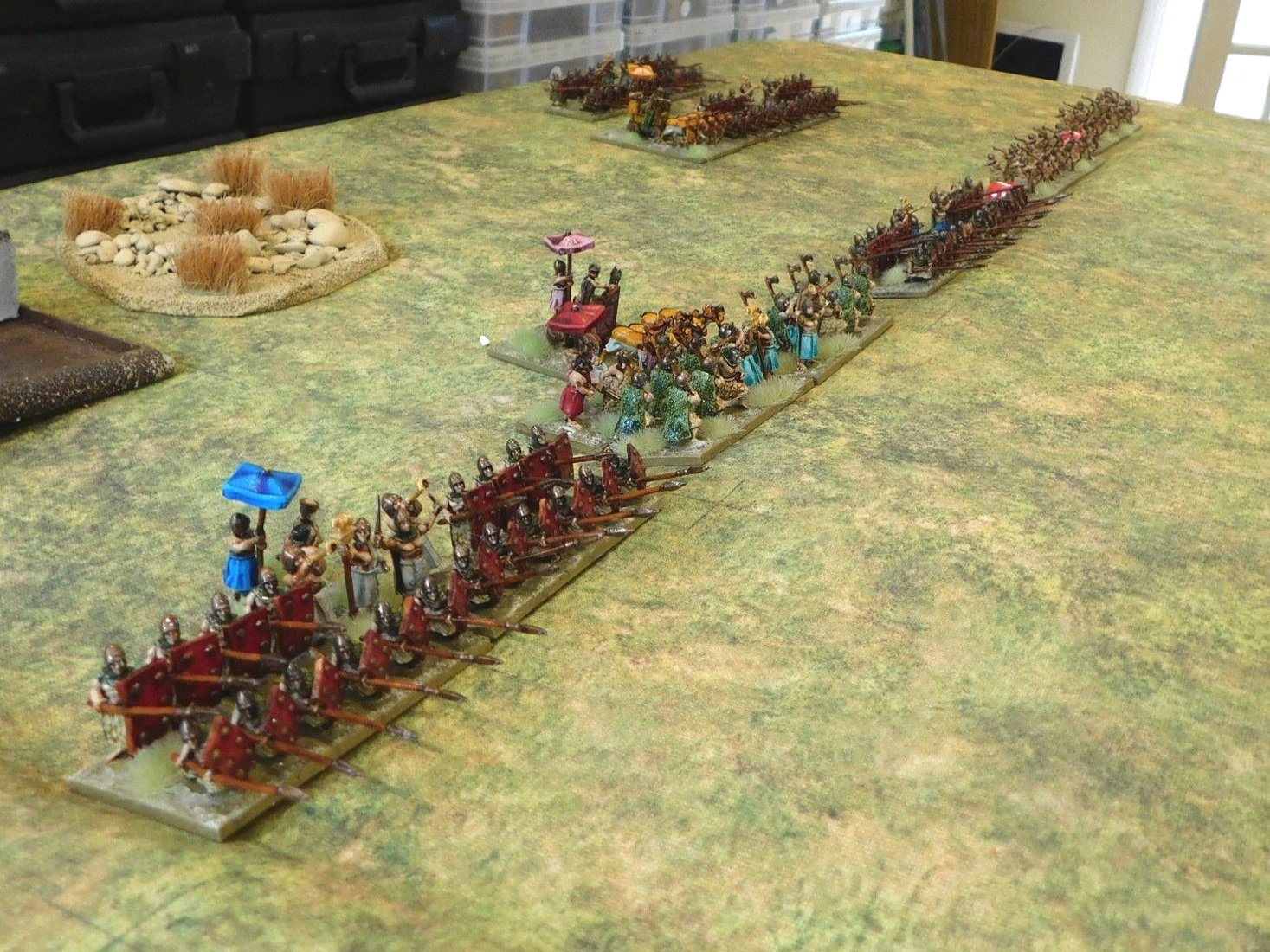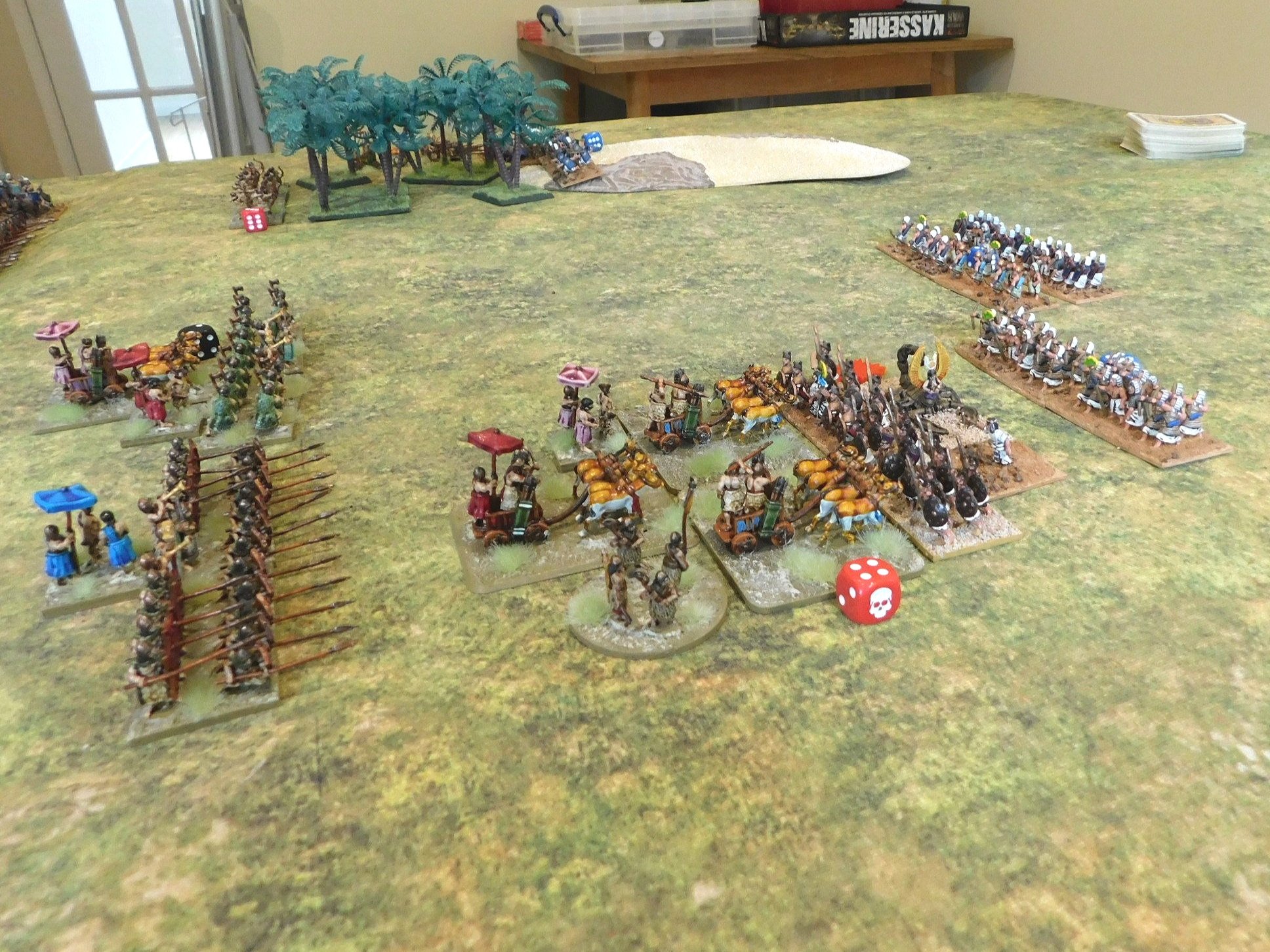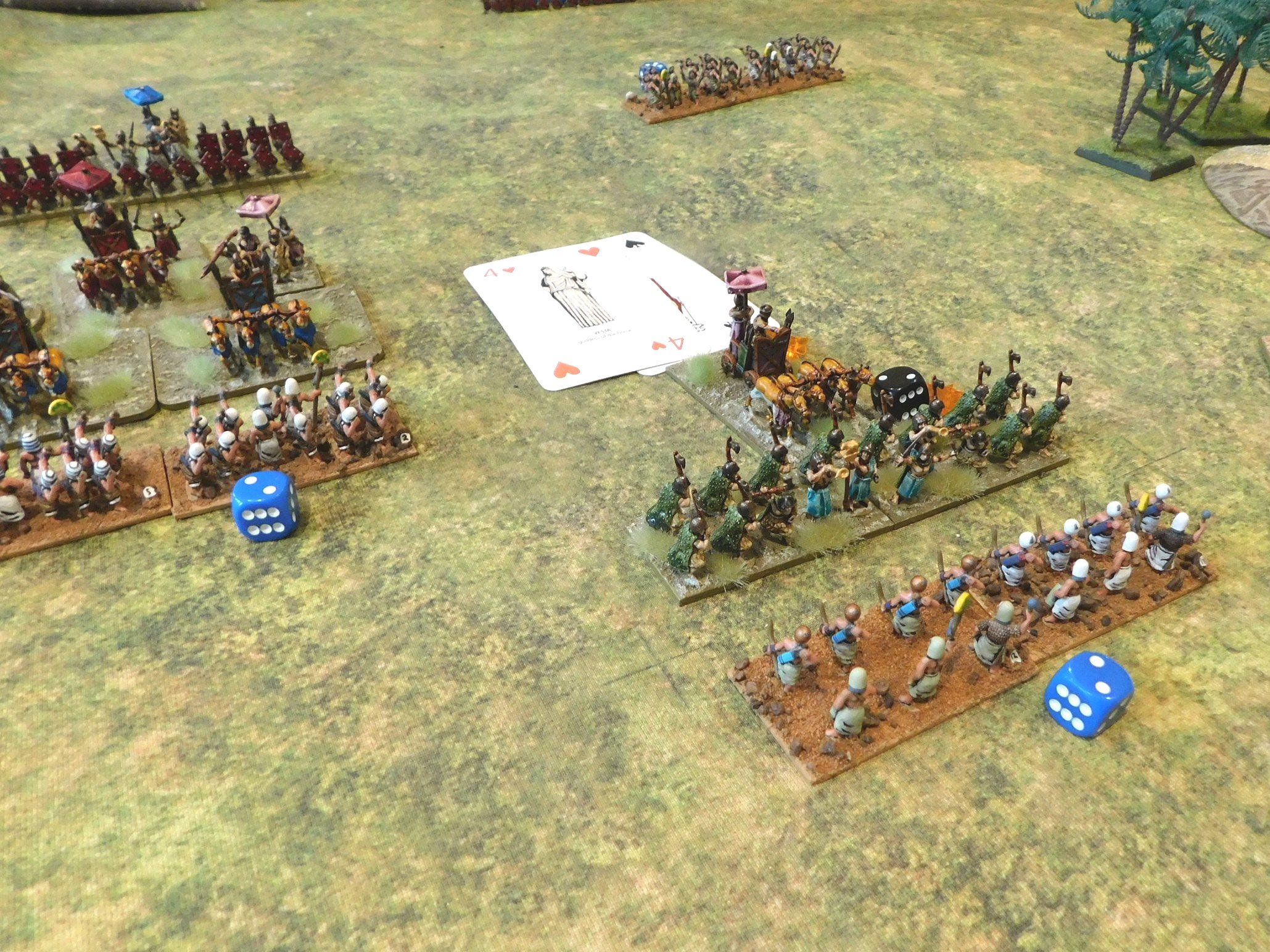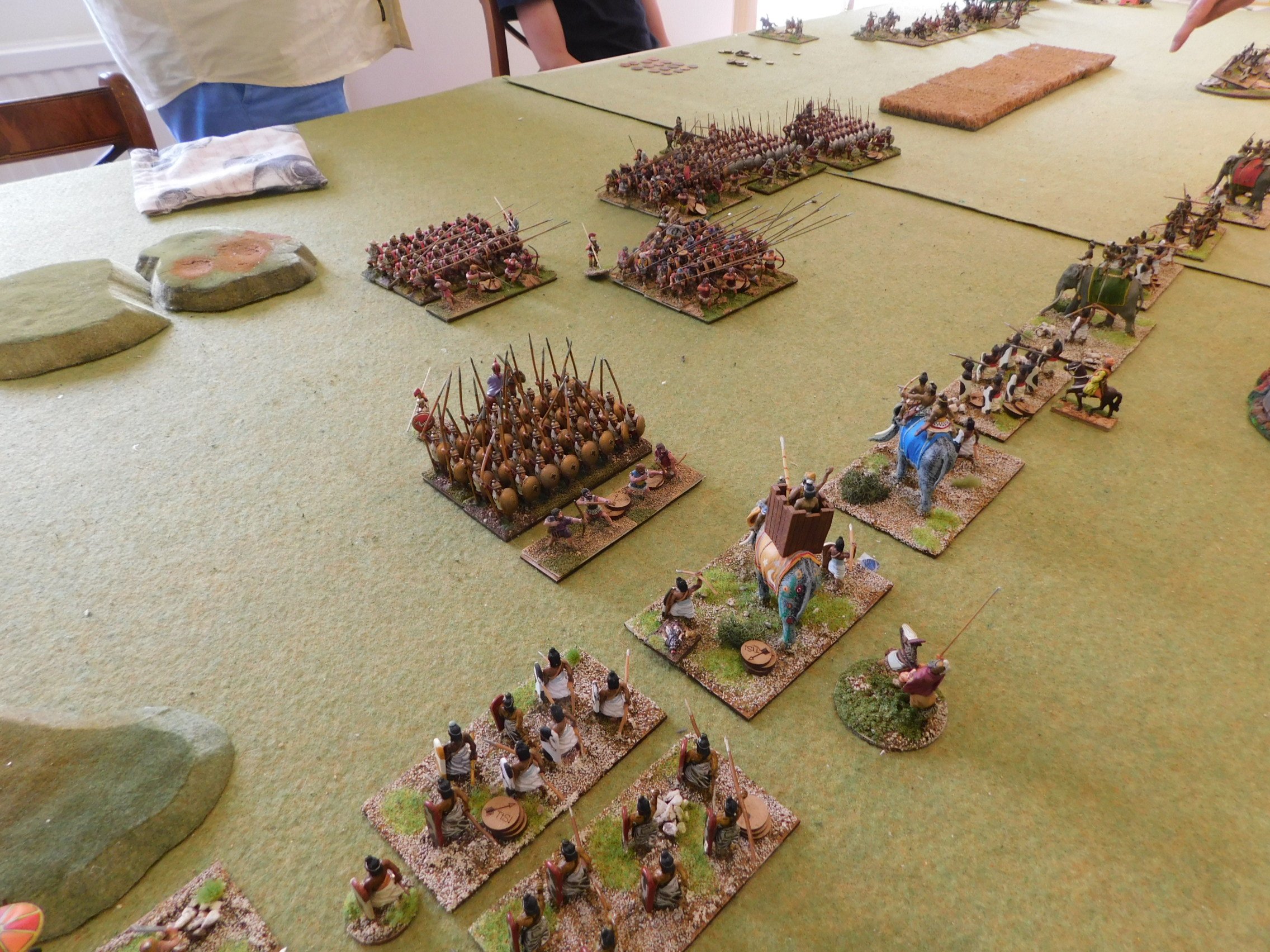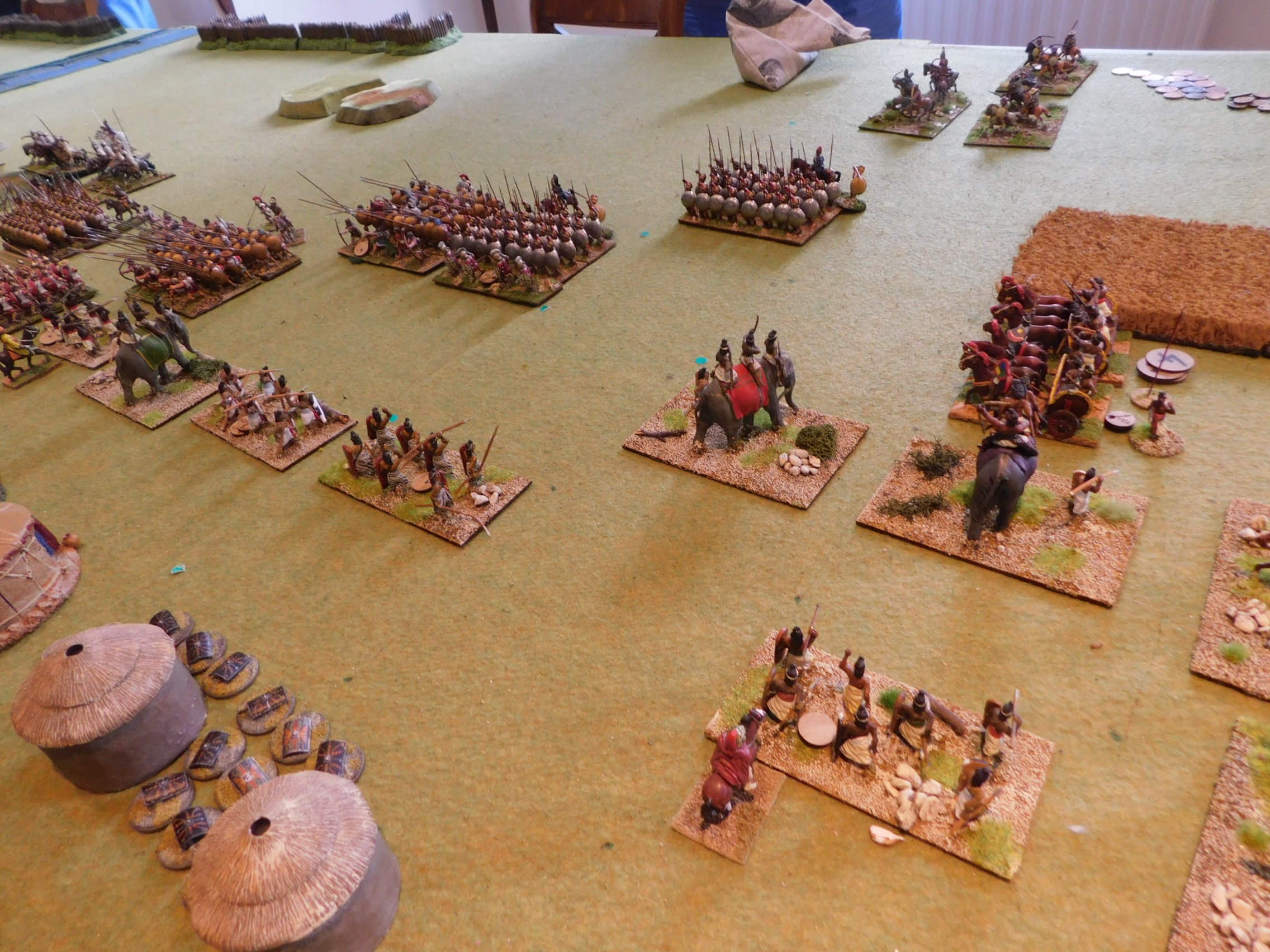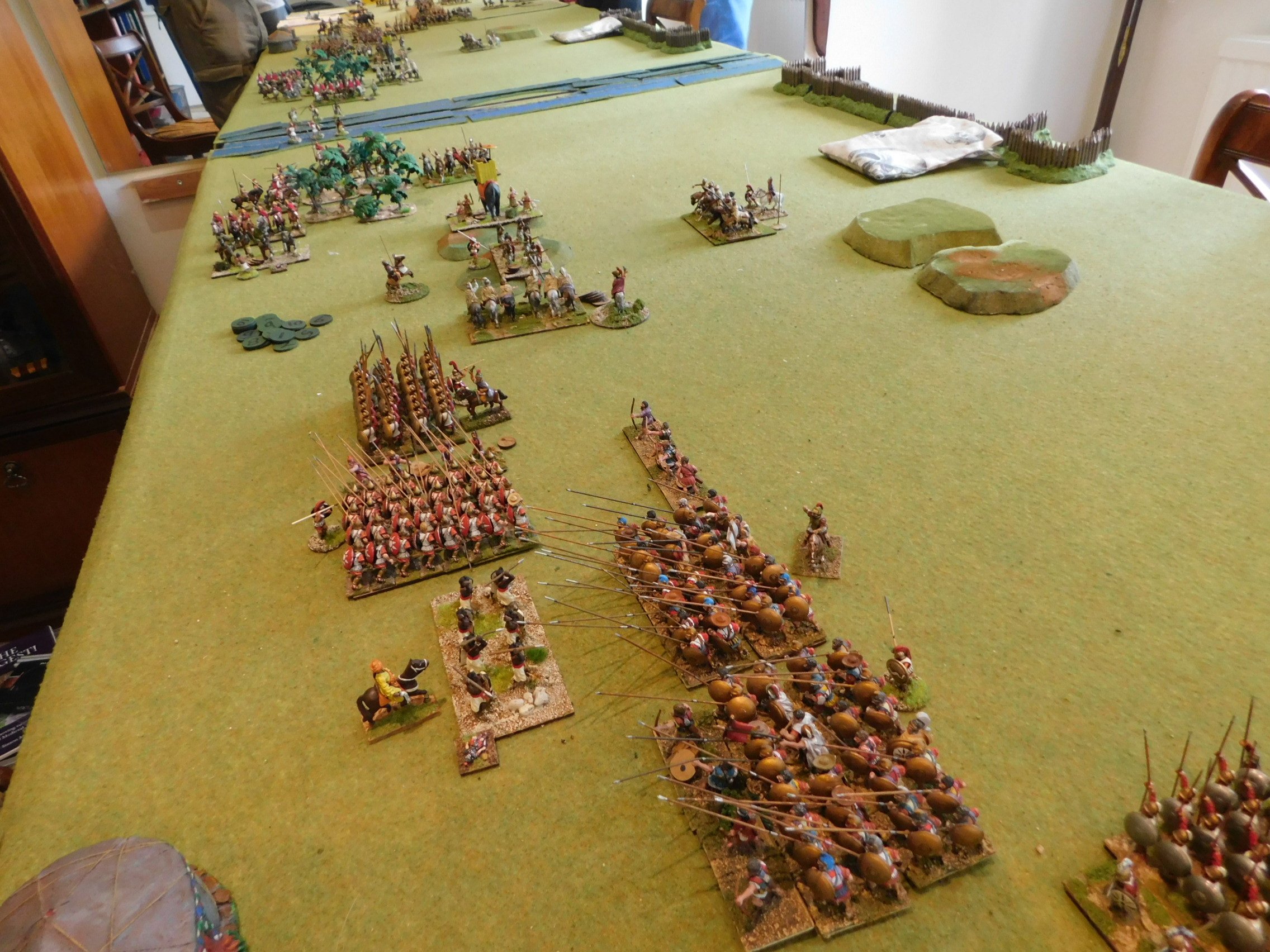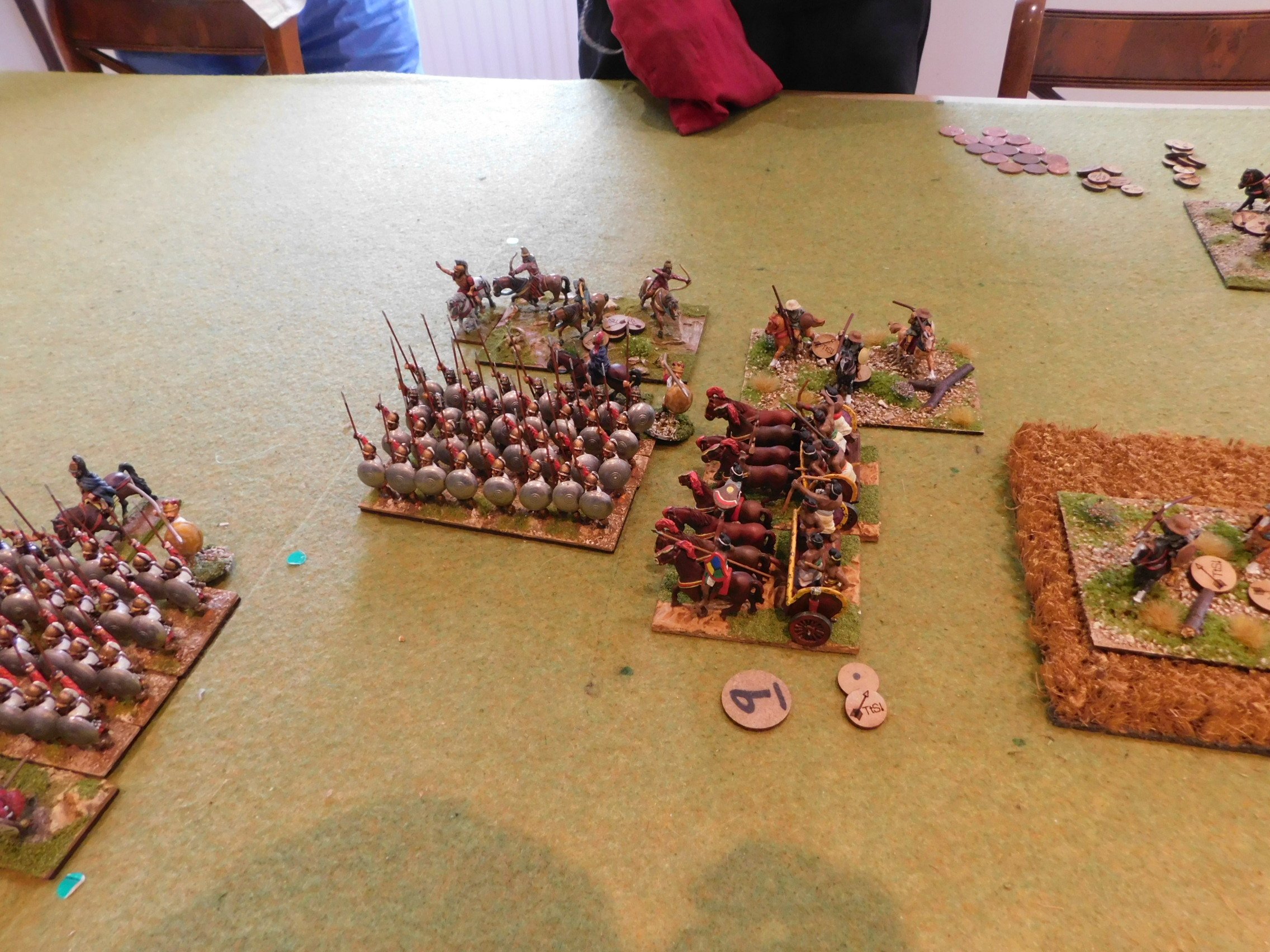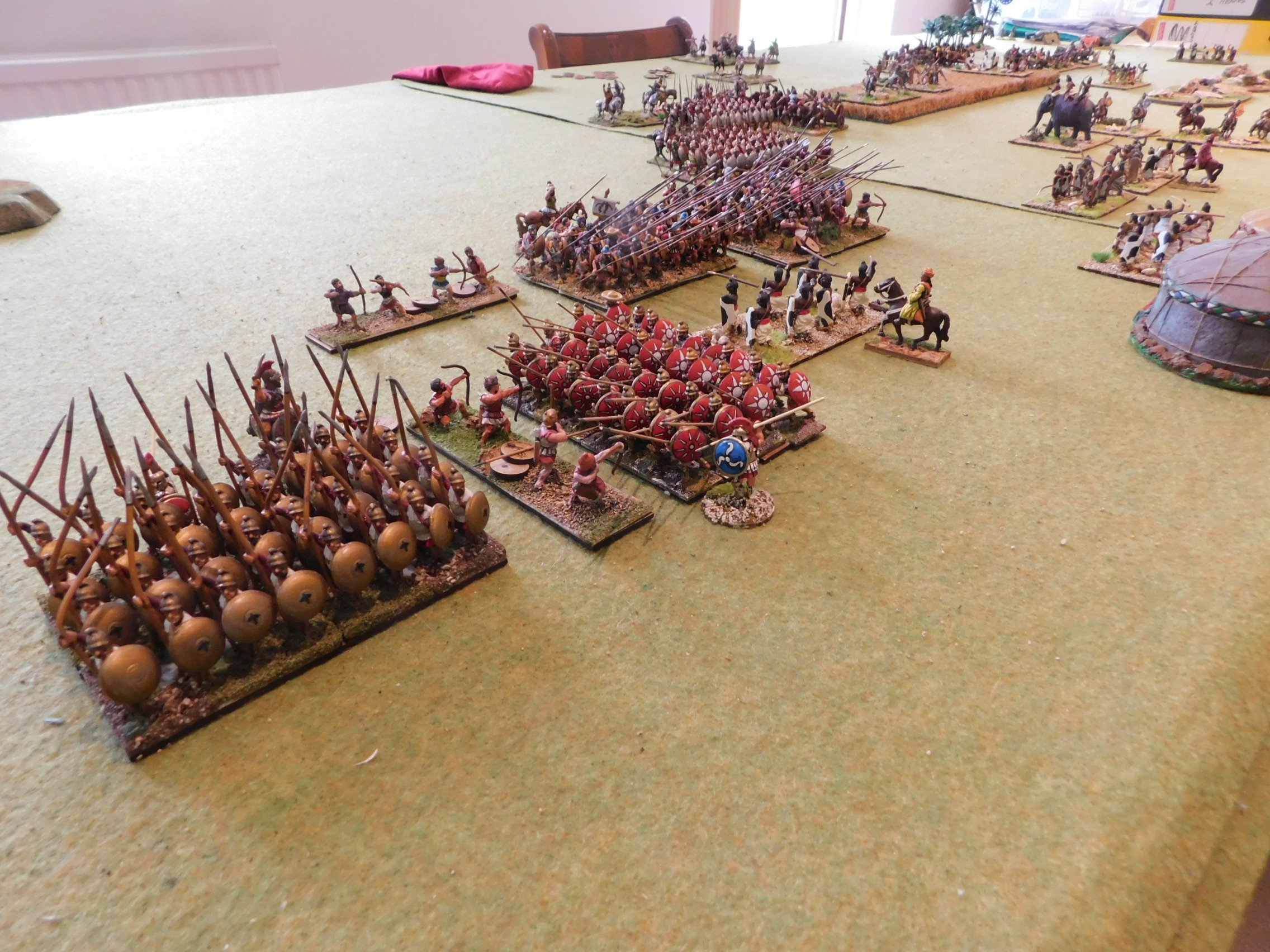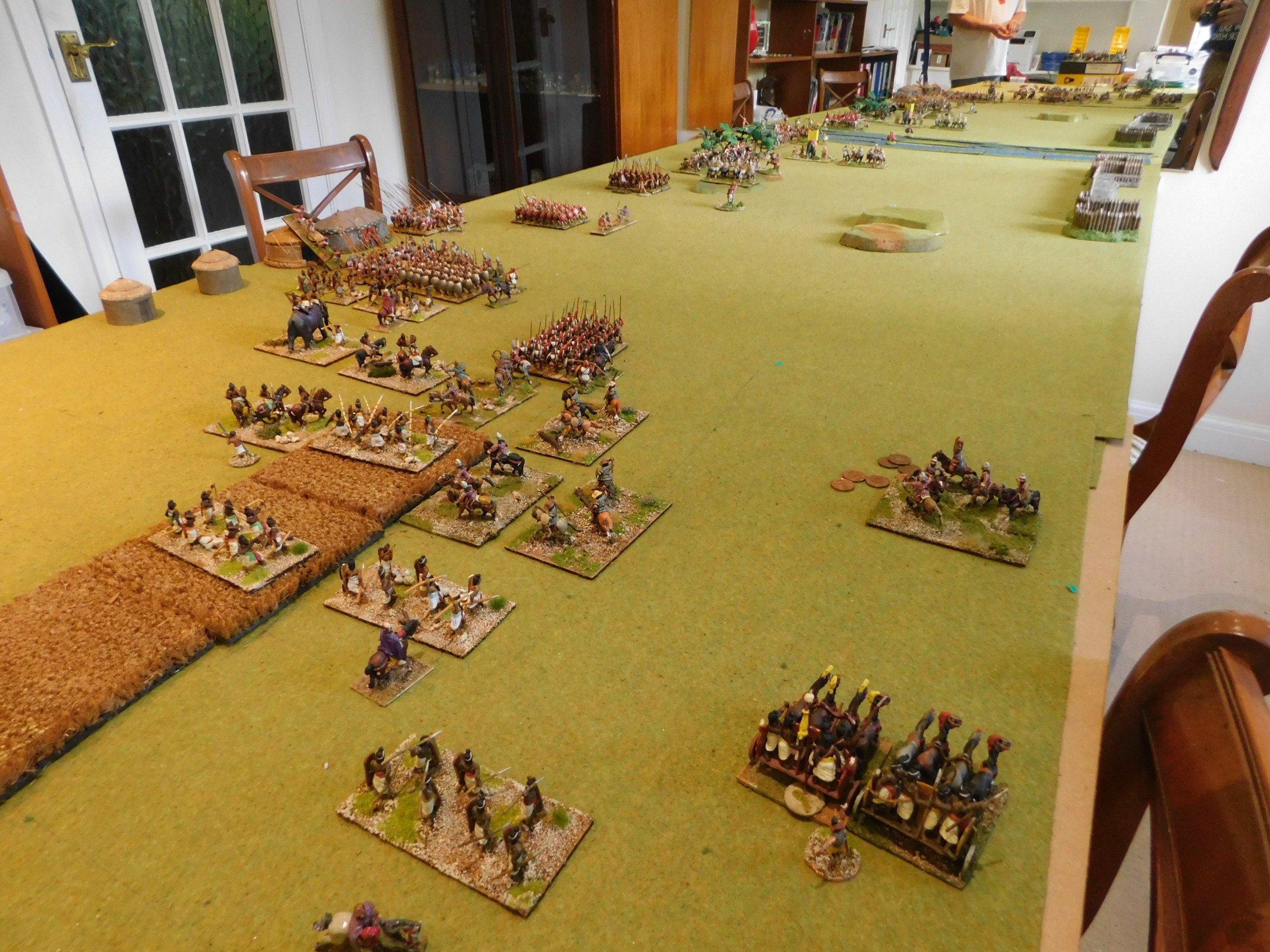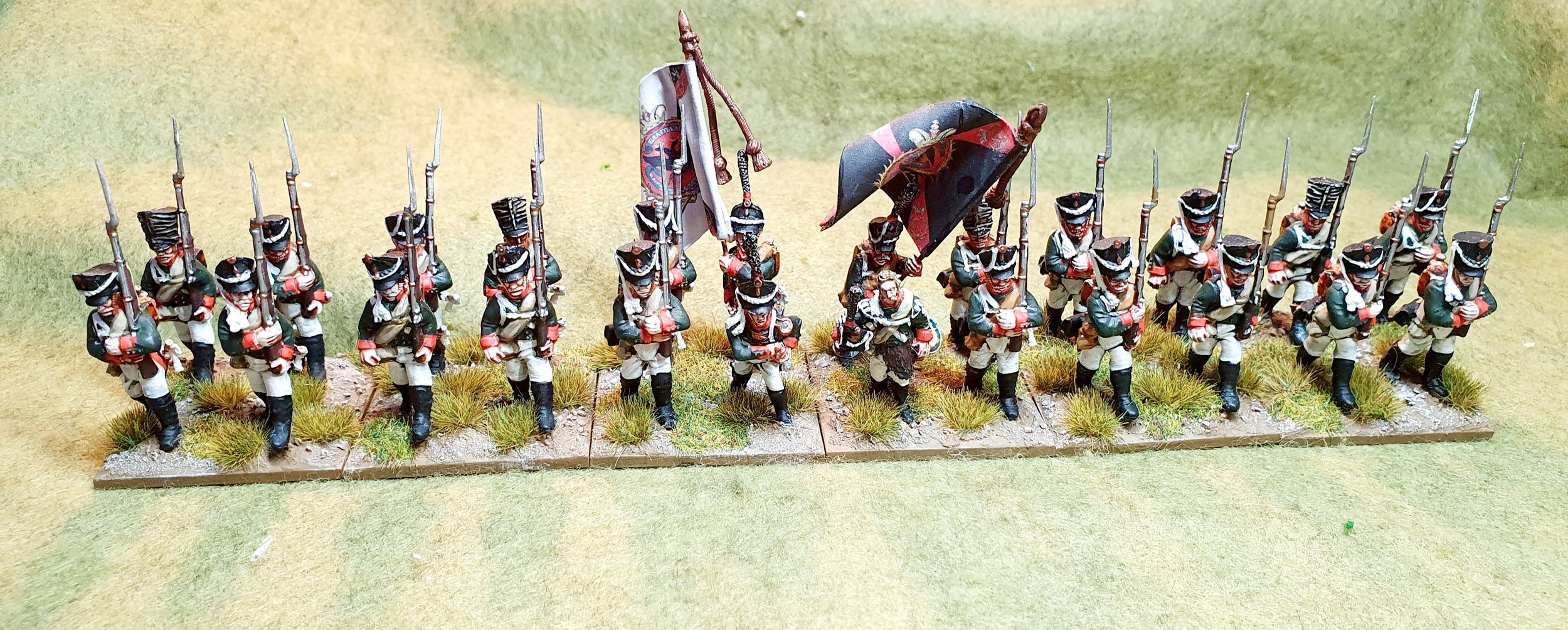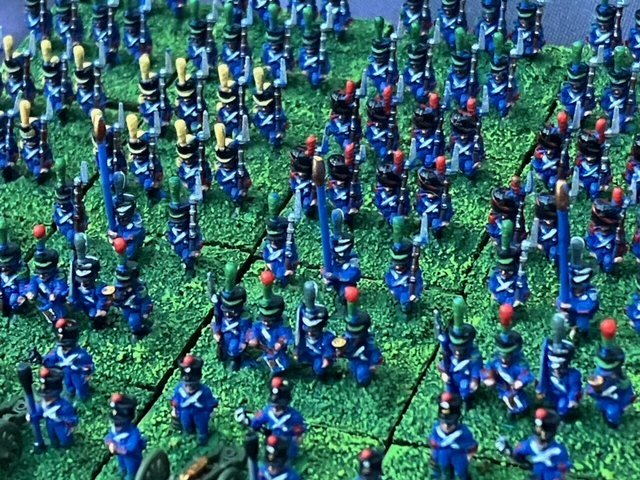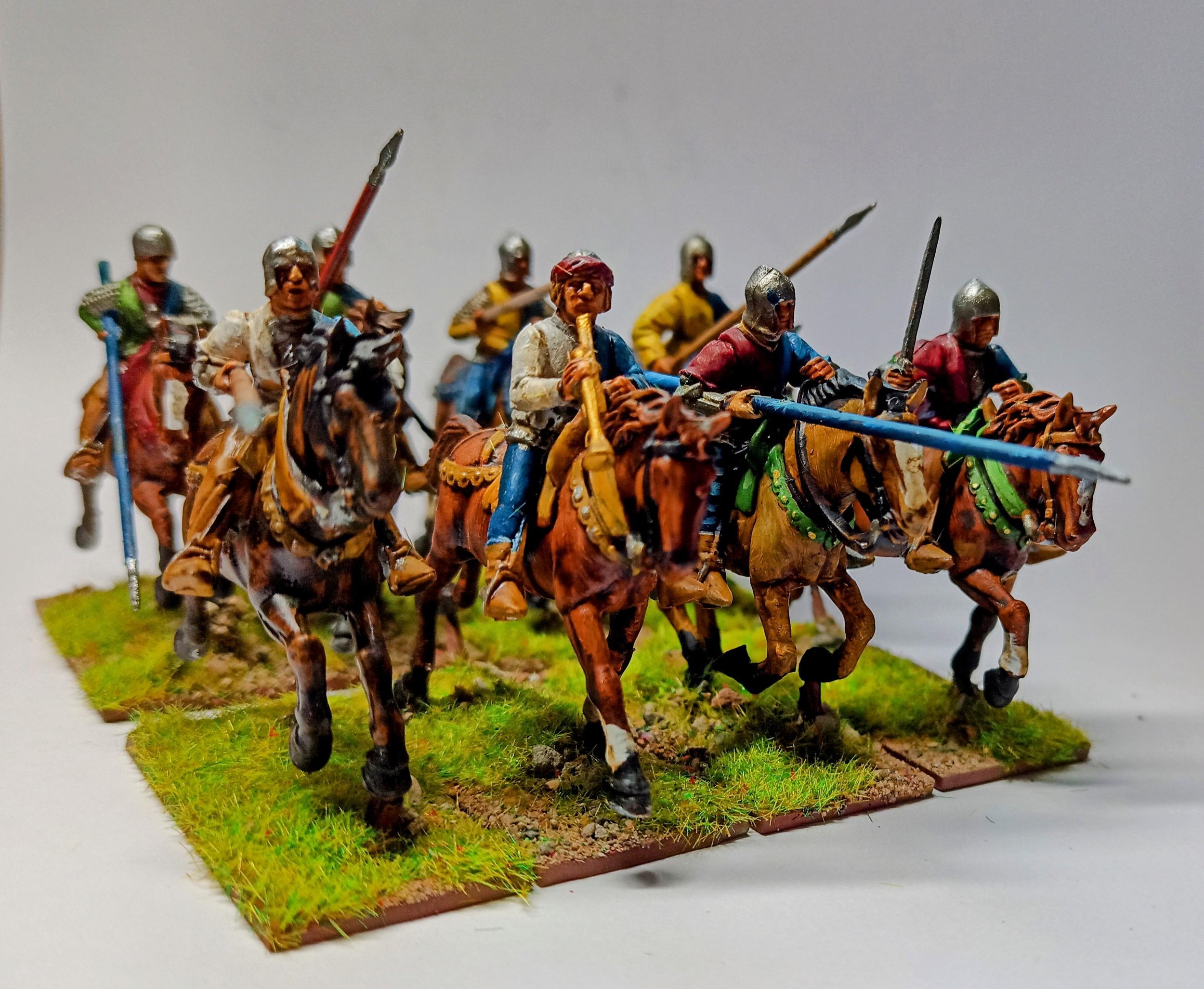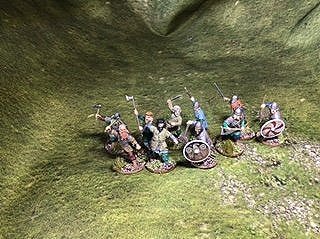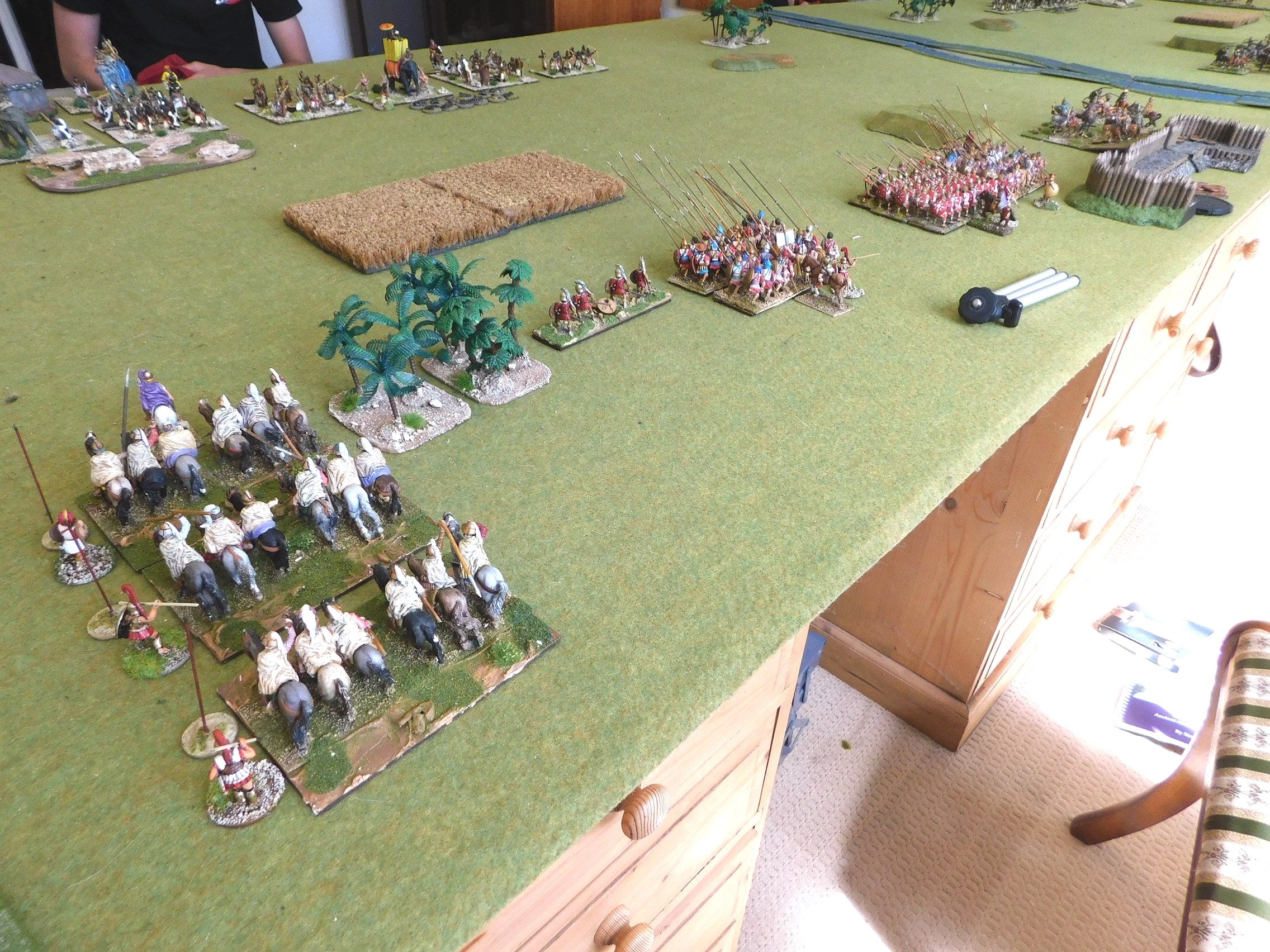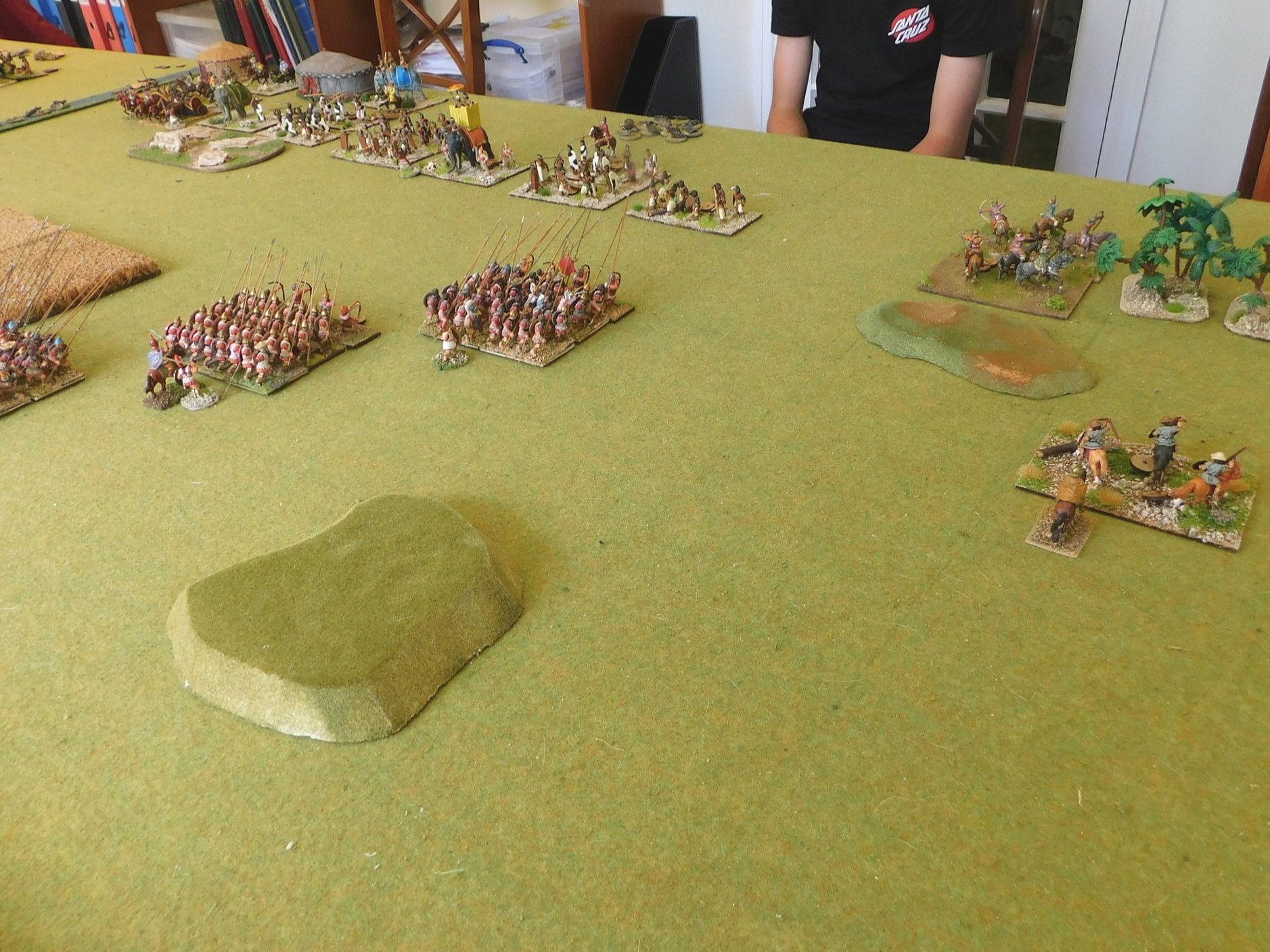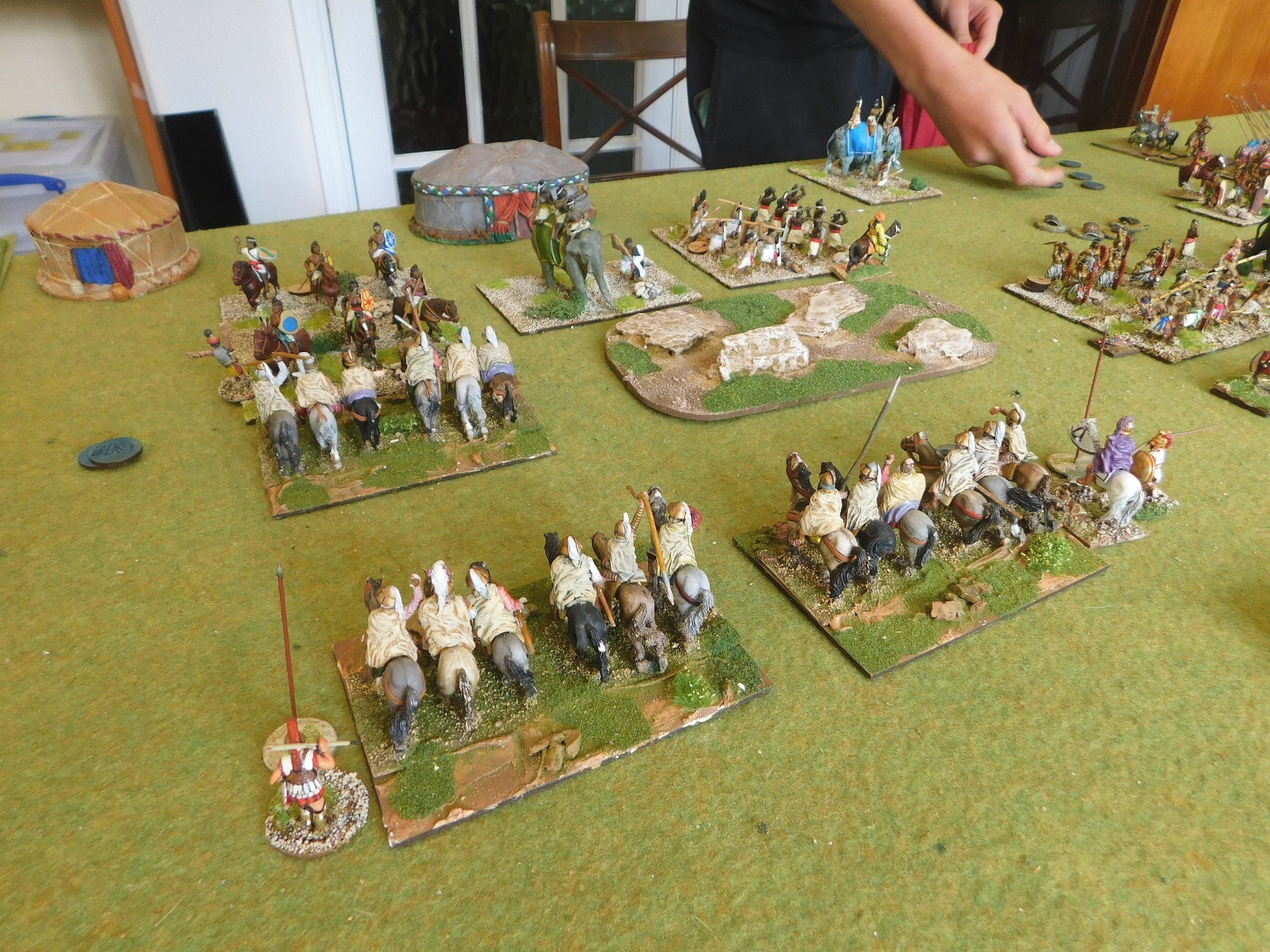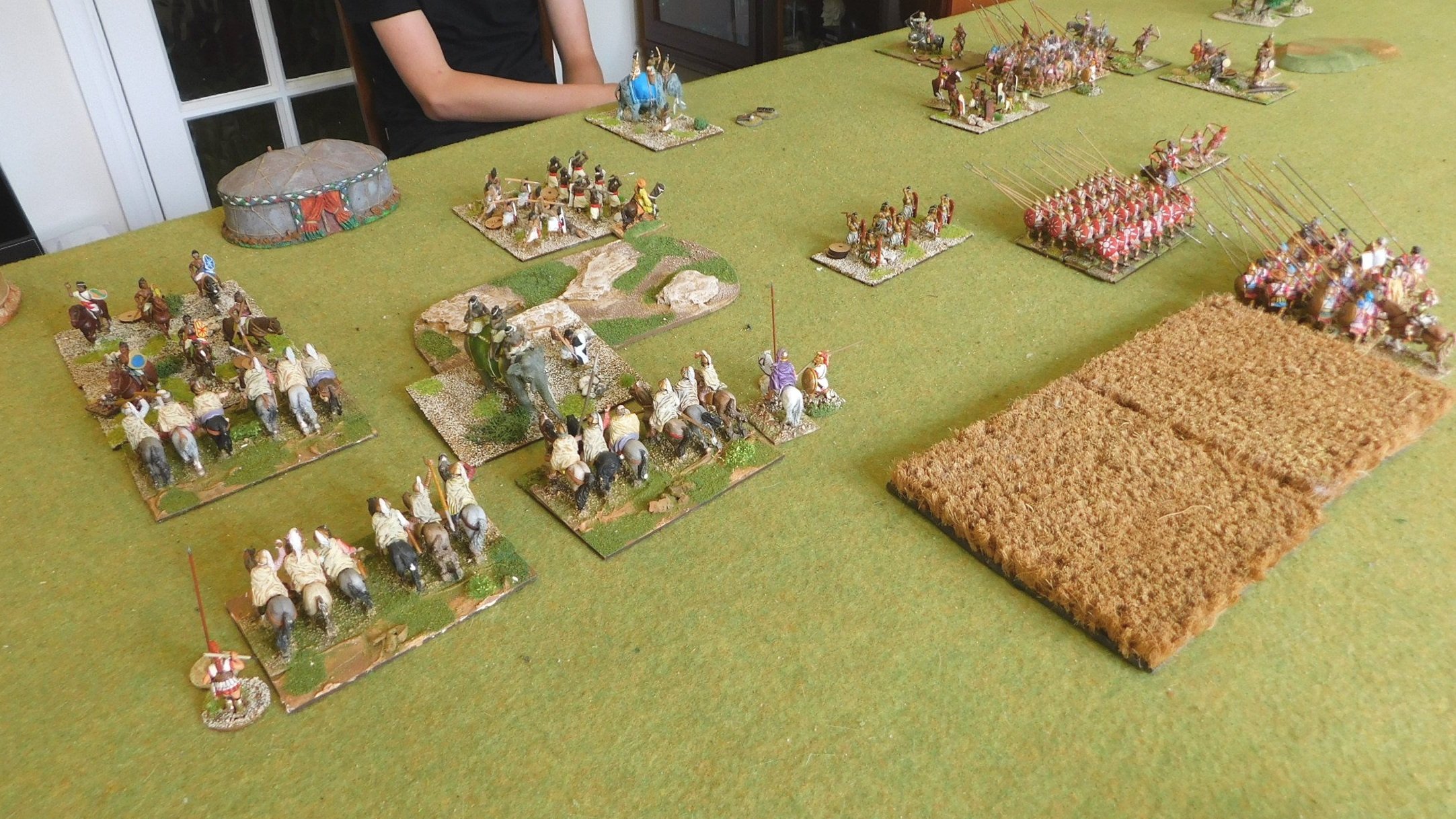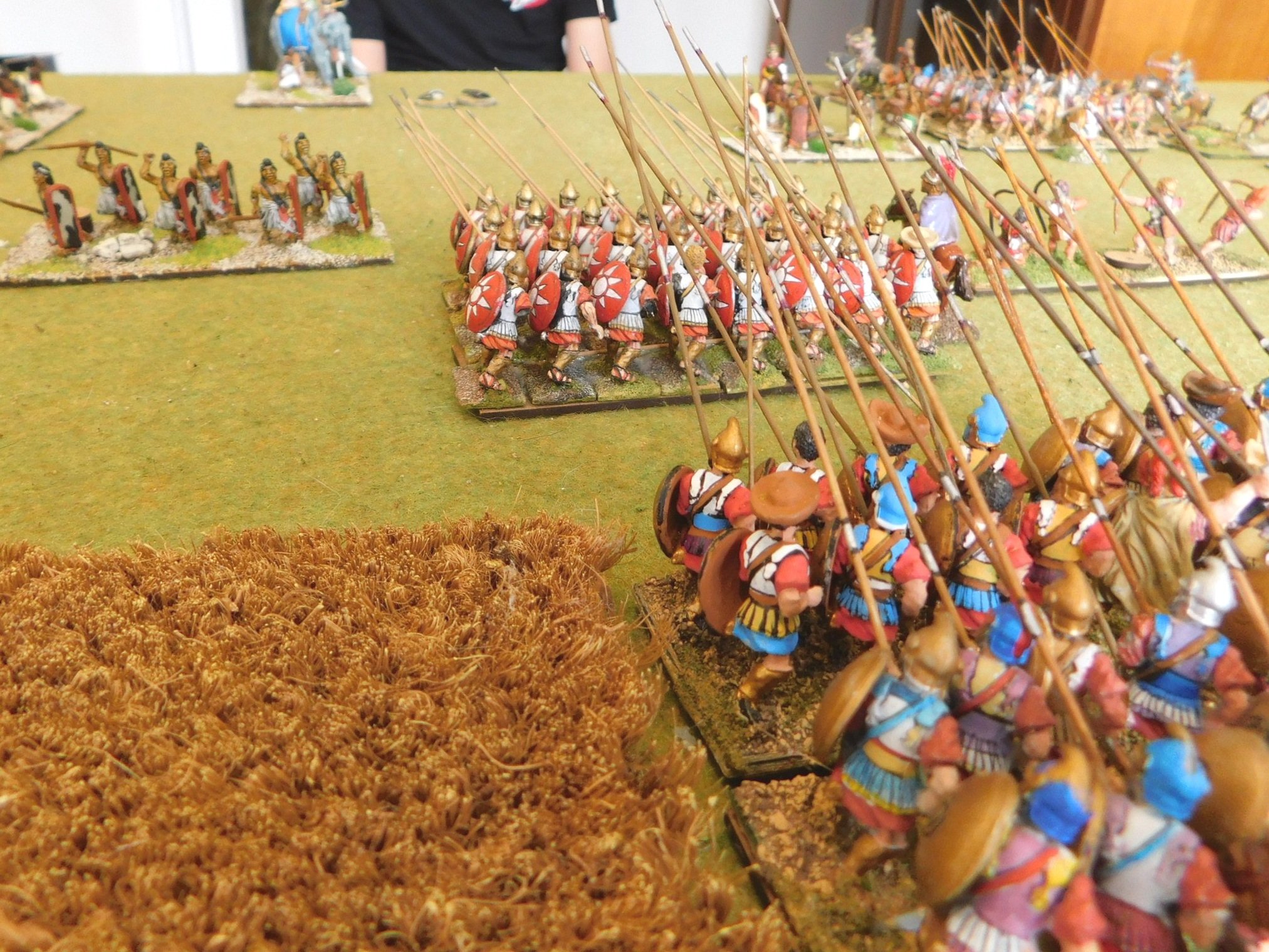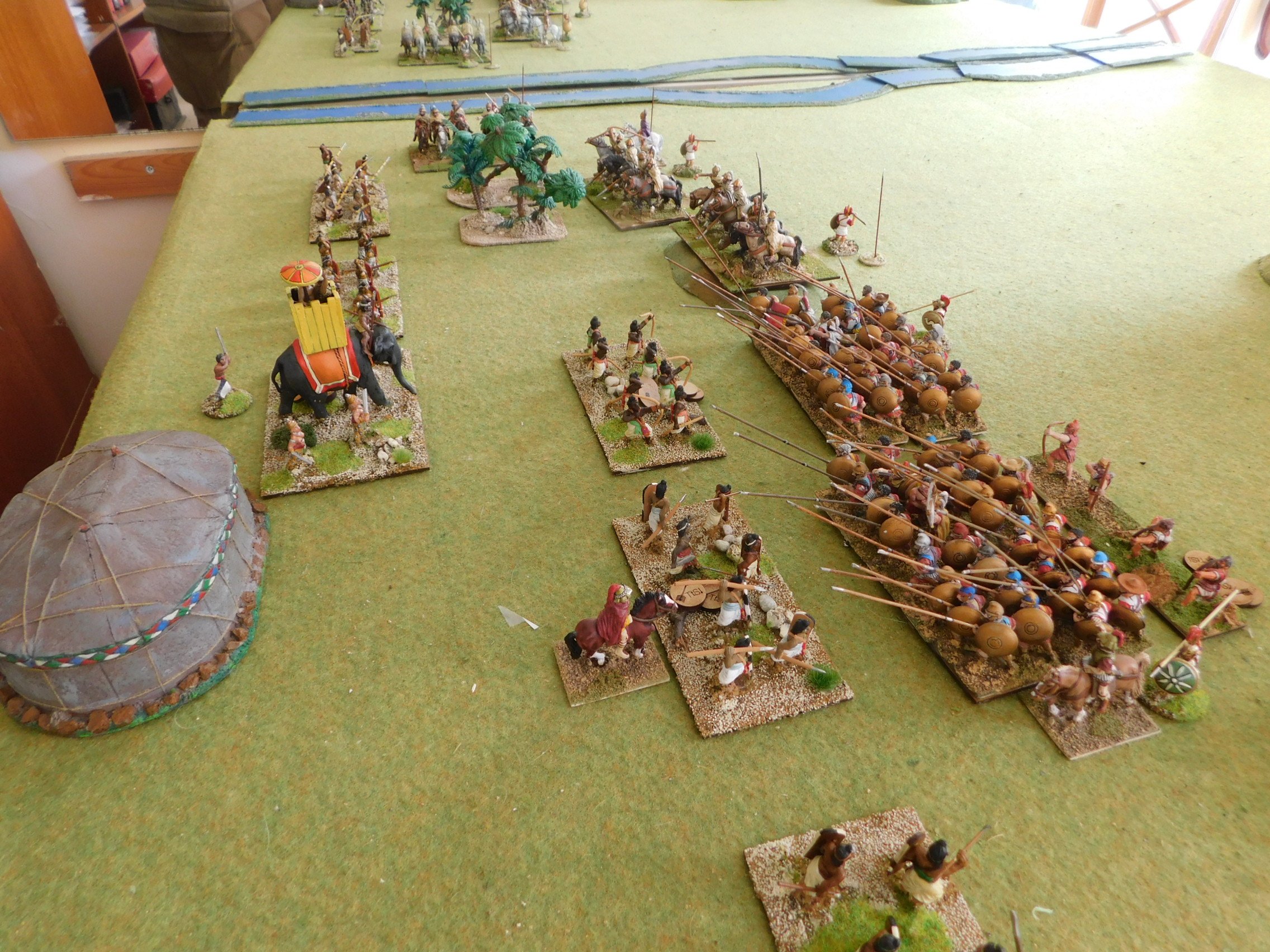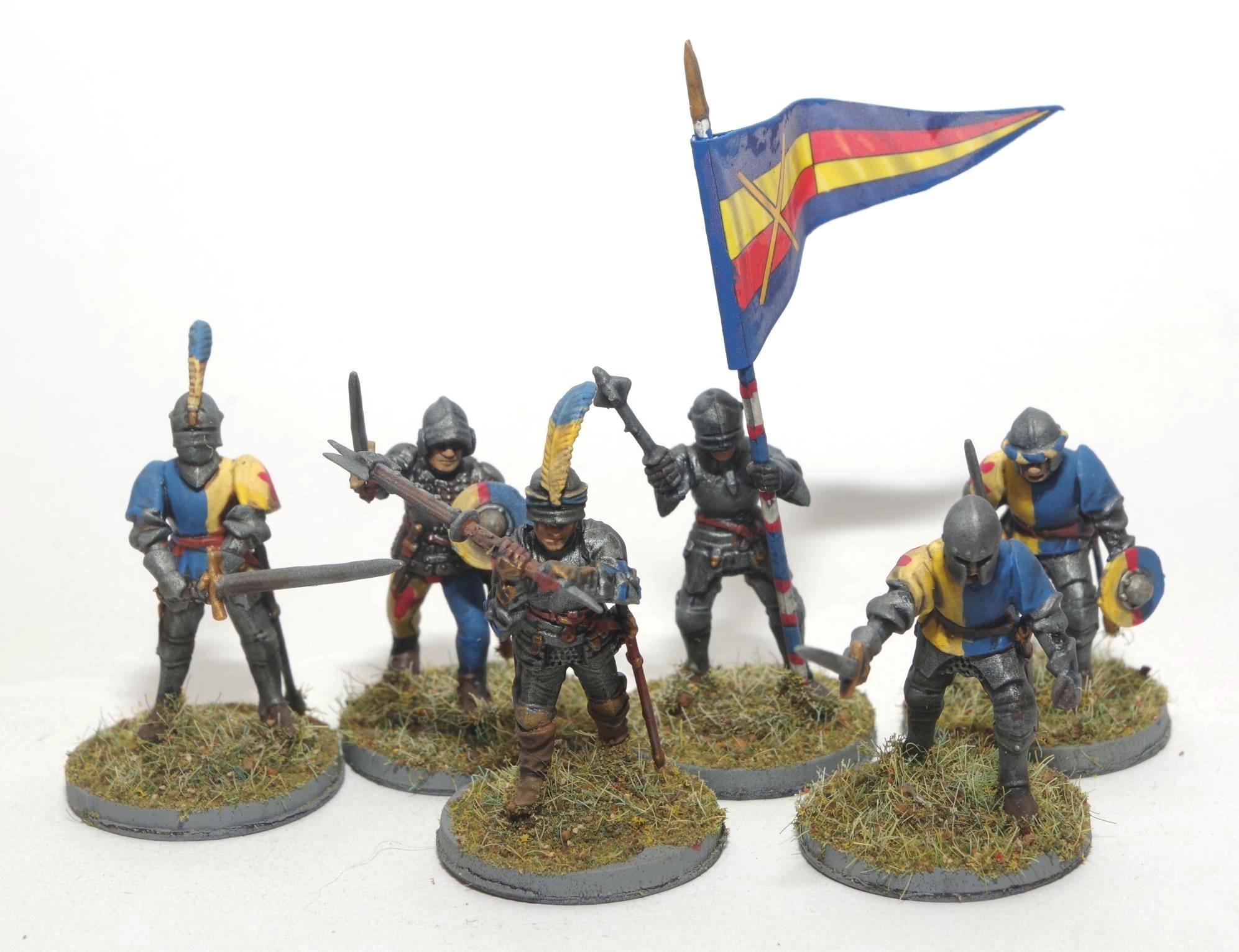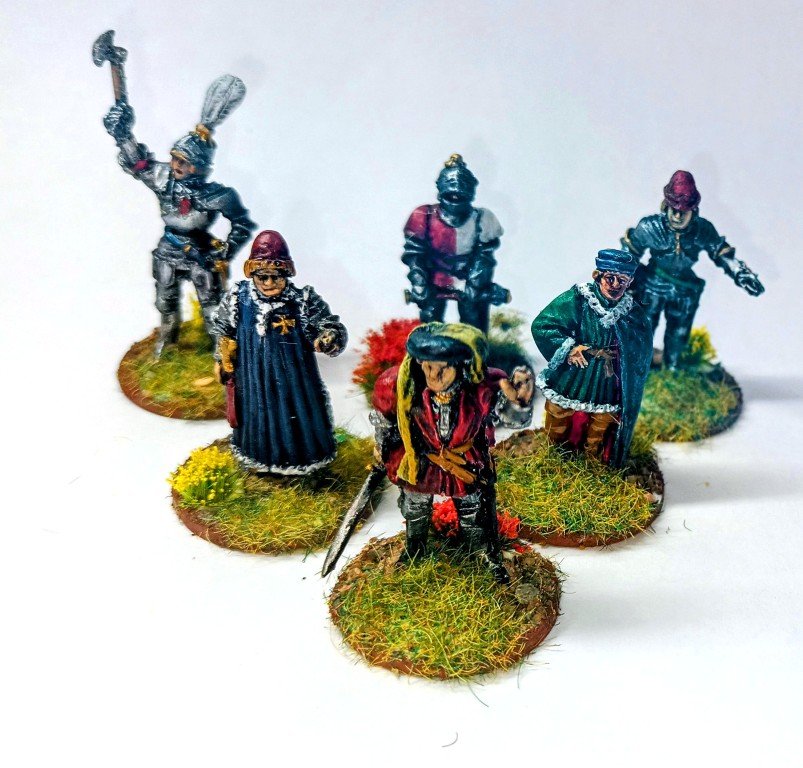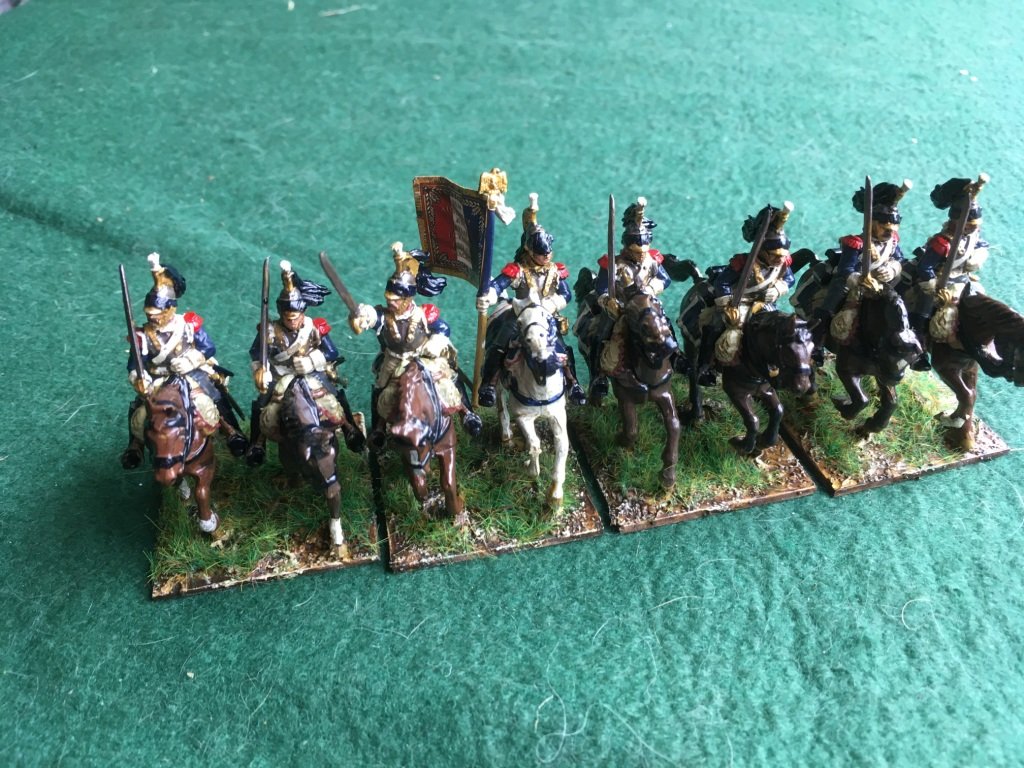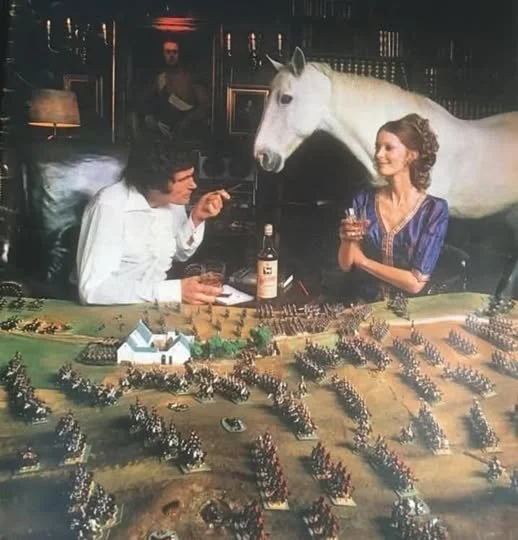FK&P AAR: Cossacks versus Moghuls
/Friend Bevan has recently acquired a 17th Century Moghul army, so naturally we had to get it onto the tabletop as quickly as possible.
The Moghuls’ first opponents would be my Zaphorogian Cossacks, and we’d use the “eastern front” version of For King & Parliament (in turn the ECW version of To The Strongest) that we have built up based on some core rule variants that you can find on the Tales from a Wargaming Shed blog.
The Moghuls
The Cossacks
My plan was to anchor my left flank on a patch of impassable ground, placing my artillery behind it so that they couldn’t be charged from the front (you can see this in the picture, above right). The left flank would be held by one foot brigade consisting of a sotnia of Registered Cossacks and two sotnias of Moloitsy.
Stretching out to the right from this point were the tabor war wagons, able to hold the centre of the field with sheer weight of fire. To their right were a second infantry brigade (same as the first one) and then, on the far right wing, the stars of the last battle, a brigade of Tatars: one squadron of noble lancer types, two clumps of horse archers.
The plan was, as I said, to anchor my left and centre, win on the right, and then sweep in and take his centre, battered from the fire of the tabor, from the flank.
Bevan’s plan, on the other hand, was to stay well clear of the killing field in the centre in front of my tabor, and advance strongly on the flanks. Hopefully his men there would win, and he’d decide what to do after that. Seems like quite a good plan to me!
The battle opened with the Cossacks being extremely reluctant to move forward at all. I managed to get the left wing into place, but only one tabor war wagon did what it was supposed to do. On my right wing, although the Cossack infantry were well up for a fight, the Tatars were not interested at all. This was slightly worrying: were my allies not quite so allied as I had thought? Had the Moghuls paid them off with more coin than I could afford?
The Moghuls trundled forward towards me.
Rather than spell out each phase of the battle in turn, let me give you an overview of what happened. In essence, Bevan’s plan worked perfectly.
On my left flank, my infantry, who should have been able to give a good account of themselves, especially as they were supported by the artillery and one end of the tabor line, crumbled under the weight of the Moghul attacks. One moment i had a left wing, the next I didn’t.
It was even worse of the right wing. The Tatars, the battle winners of my last two games, just refused to engage at all, and when they were attacked, just melted away. Definitely some dodgy politicking or bribery going on in the background!
Once my flanks were broken and driven it, Bevan’s Moghuls curled in on my flanks and the last of my victory medals soon disappeared. My tabor had hardly got to fight at all.
A nicely executed plan by the Moghuls and a well deserved victory. Here’s a chronological pictorial account of the game:



